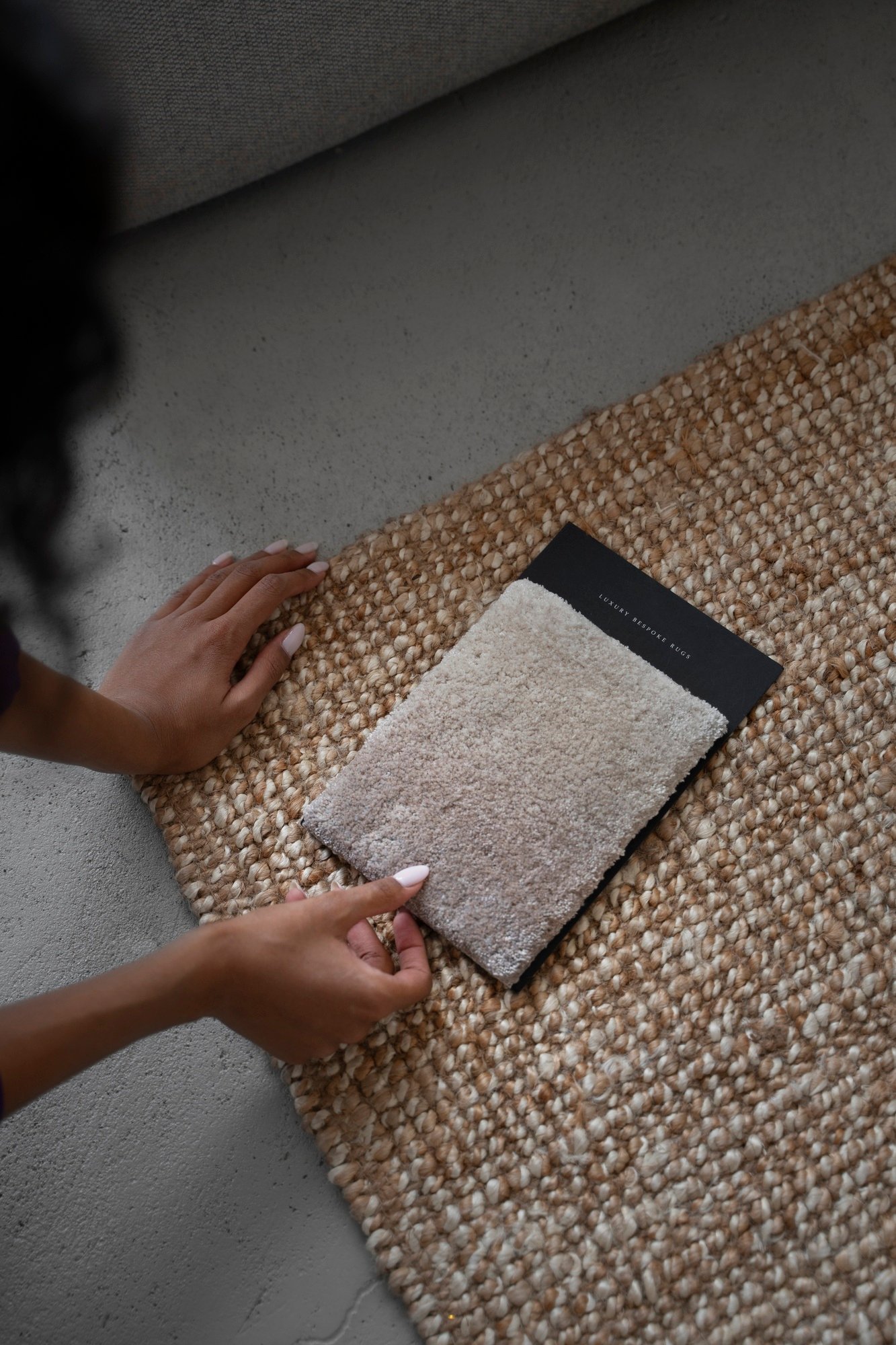Buying Rugs in India: A Guide to Finding the Perfect Piece for Your Home
India, a land rich in cultural diversity and craftsmanship, has long been a hub for exquisite rugs and carpets. Whether you’re looking for a traditional hand-knotted masterpiece or a modern, minimalist design, India’s rug market offers an impressive array of options. With its heritage rooted in centuries of artisanal craftsmanship, buying rugs in India is not just a purchase but an investment in history, tradition, and quality.
1. Understanding the Types of Indian Rugs
When buying a rug in India, it’s important to know the different types available, as each style offers unique characteristics:
Hand-Knotted Rugs: These are the pinnacle of craftsmanship. Made by hand-tying individual knots, these rugs can take months to create, depending on their complexity and size. Hand-knotted rugs from regions like Bhadohi and Kashmir are globally recognized for their intricate designs, durability, and luxurious feel.
Hand-Tufted Rugs: More affordable than hand-knotted varieties, hand-tufted rugs are made by punching strands of wool or other materials into a canvas stretched on a frame. They offer the same look as hand-knotted rugs but are faster to produce and perfect for those on a budget.
Flat-Weave Rugs: Also known as Dhurries, flat-weave rugs are lightweight and reversible, making them versatile and easy to maintain. They are perfect for casual spaces and come in both traditional and contemporary patterns.
Silk Rugs: Known for their luxurious texture and shine, silk rugs are often hand-knotted and come with intricate designs. These rugs are expensive and are usually chosen for special rooms or spaces due to their delicate nature.
2. Choosing the Right Material
The material of the rug determines its durability, comfort, and overall aesthetic. In India, you’ll typically find rugs made from wool, cotton, silk, and even jute.
Wool: Woolen rugs are durable, soft, and naturally stain-resistant, making them a popular choice for homes. Wool also has natural insulating properties, which makes it ideal for colder climates.
Silk: If you’re looking for a luxurious and elegant piece, silk rugs offer a sheen and softness that’s unmatched. However, they require delicate care and are best suited for low-traffic areas.
Jute: Jute rugs are eco-friendly and bring a natural, earthy vibe to a space. They are affordable and work well in rustic or bohemian interiors.
Cotton: Lightweight and easy to clean, cotton rugs are great for kitchens, children’s rooms, or casual spaces.
3. Where to Buy Rugs in India
India’s diverse regions are home to some of the finest rug-producing areas in the world. Here are a few key places to explore:
Bhadohi (Uttar Pradesh): Known as the “Carpet City of India,” Bhadohi is famous for producing hand-knotted and hand-tufted rugs. The craftsmanship here is unparalleled, making it a go-to destination for those seeking luxury and traditional designs.
Jaipur (Rajasthan): Jaipur is renowned for its vibrant colors and bold patterns. The city’s rug industry blends traditional craftsmanship with modern trends, offering a wide range of options from flat-weaves to intricate hand-knotted pieces.
Kashmir: For those looking for intricately designed silk and wool rugs, Kashmir is the place to be. Known for its breathtaking craftsmanship, Kashmiri rugs often feature intricate floral and paisley motifs.
Delhi: Delhi’s markets, such as Dilli Haat and Khan Market, provide a wide range of choices, from traditional to contemporary rugs. The city is a melting pot of styles and often serves as a middle ground for buyers looking for variety.
4. Factors to Consider
When buying a rug in India, keep the following factors in mind:
Size and Placement: Before purchasing a rug, measure the space where you intend to place it. A rug that’s too large or too small can throw off the room’s balance.
Maintenance: Different materials require different levels of care. Consider how much traffic the rug will receive and choose accordingly.
Budget: Hand-knotted and silk rugs are more expensive due to the time and skill required to make them. If you’re on a budget, consider hand-tufted or flat-weave options, which offer beauty at a lower cost.
Conclusion
Buying a rug in India is an experience filled with artistry and tradition. Whether you’re seeking a timeless hand-knotted piece or a contemporary design, India’s rug markets cater to every style and budget. With a little research and careful consideration, you’ll be able to find the perfect rug to enhance your home’s aesthetic while supporting the artisans who keep these time-honored traditions alive.


